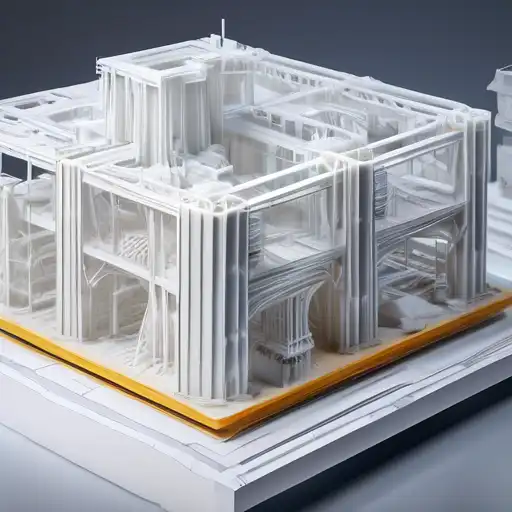Revolutionizing Construction: The Power of 3D Printing
The construction industry is on the brink of a revolution, thanks to the advent of 3D printing technology. This innovative approach to building is not only faster and more cost-effective but also opens up new possibilities for architectural design and sustainability. In this article, we delve into how 3D printing is shaping the future of construction.
What is 3D Printing in Construction?
3D printing in construction involves the use of large-scale printers to create buildings and construction components layer by layer. This method can use a variety of materials, including concrete, plastic, and even recycled materials, offering a greener alternative to traditional construction methods.
The Benefits of 3D Printing in Construction
There are numerous advantages to using 3D printing in construction, including:
- Reduced Construction Time: Projects can be completed in a fraction of the time it takes with conventional methods.
- Cost Efficiency: Less labor and material waste translate to lower costs.
- Design Flexibility: Complex geometries that were once impossible or too expensive to achieve are now within reach.
- Sustainability: The ability to use recycled materials and reduce waste makes 3D printing a more sustainable option.
Challenges and Considerations
Despite its benefits, 3D printing in construction faces several challenges, such as regulatory hurdles, the need for skilled operators, and the current limitations in material choices. However, as the technology evolves, these challenges are expected to diminish.
Real-World Applications
Around the globe, 3D printing is being used to construct everything from residential homes to commercial buildings and even bridges. Notable examples include the world's first 3D-printed office in Dubai and a 3D-printed pedestrian bridge in Spain. These projects highlight the potential of 3D printing to transform the construction industry.
The Future of 3D Printing in Construction
As technology advances, we can expect to see even more innovative applications of 3D printing in construction. From disaster relief housing to space habitats, the possibilities are endless. The key to widespread adoption will be overcoming current limitations and continuing to innovate.
For more insights into the future of construction technology, check out our article on The Future of Construction Technology.
3D printing in construction is more than just a trend; it's a glimpse into the future of building. With its ability to reduce costs, save time, and promote sustainability, it's no wonder that this technology is gaining traction in the construction industry. As we continue to explore its potential, one thing is clear: 3D printing is building tomorrow, today.
